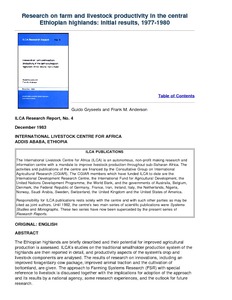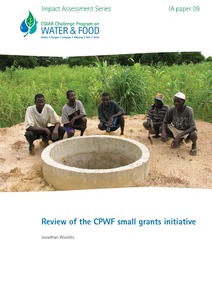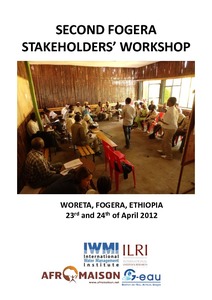Research on farm and livestock productivity in the central Ethiopian highlands: Initial results, 1977-1980
Describes the Ethiopian highlands assessing their potential for improved agricultural production; reports ILCA's studies on the traditional smallholder production system of the highlands; and analyzes productivity aspects of the system's crop and livestock components. Discusses the approach to farming systems research (FSR) along with the implications for adoption of the approach and its results by a national agency, some research experiences and the outlook for future research.










